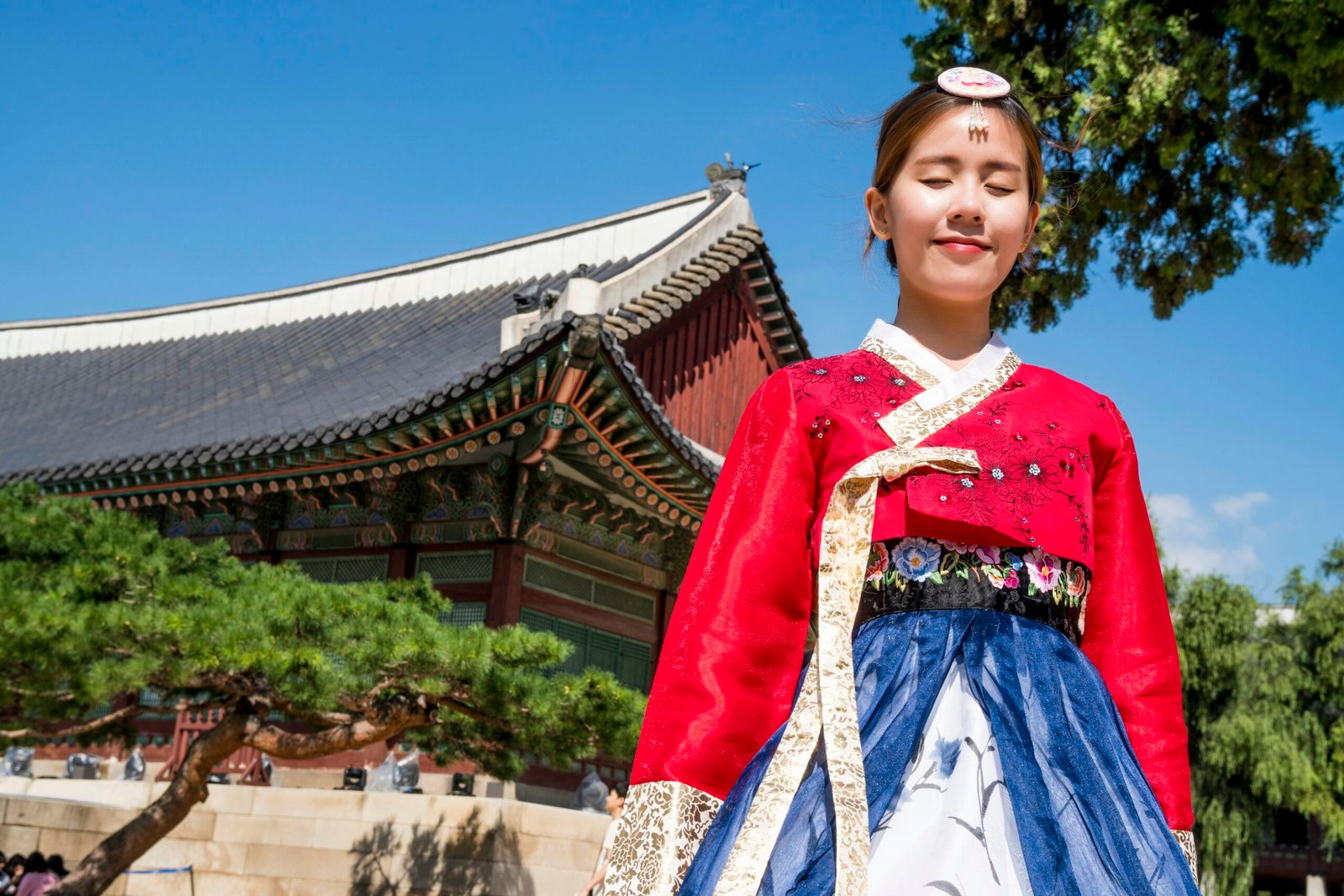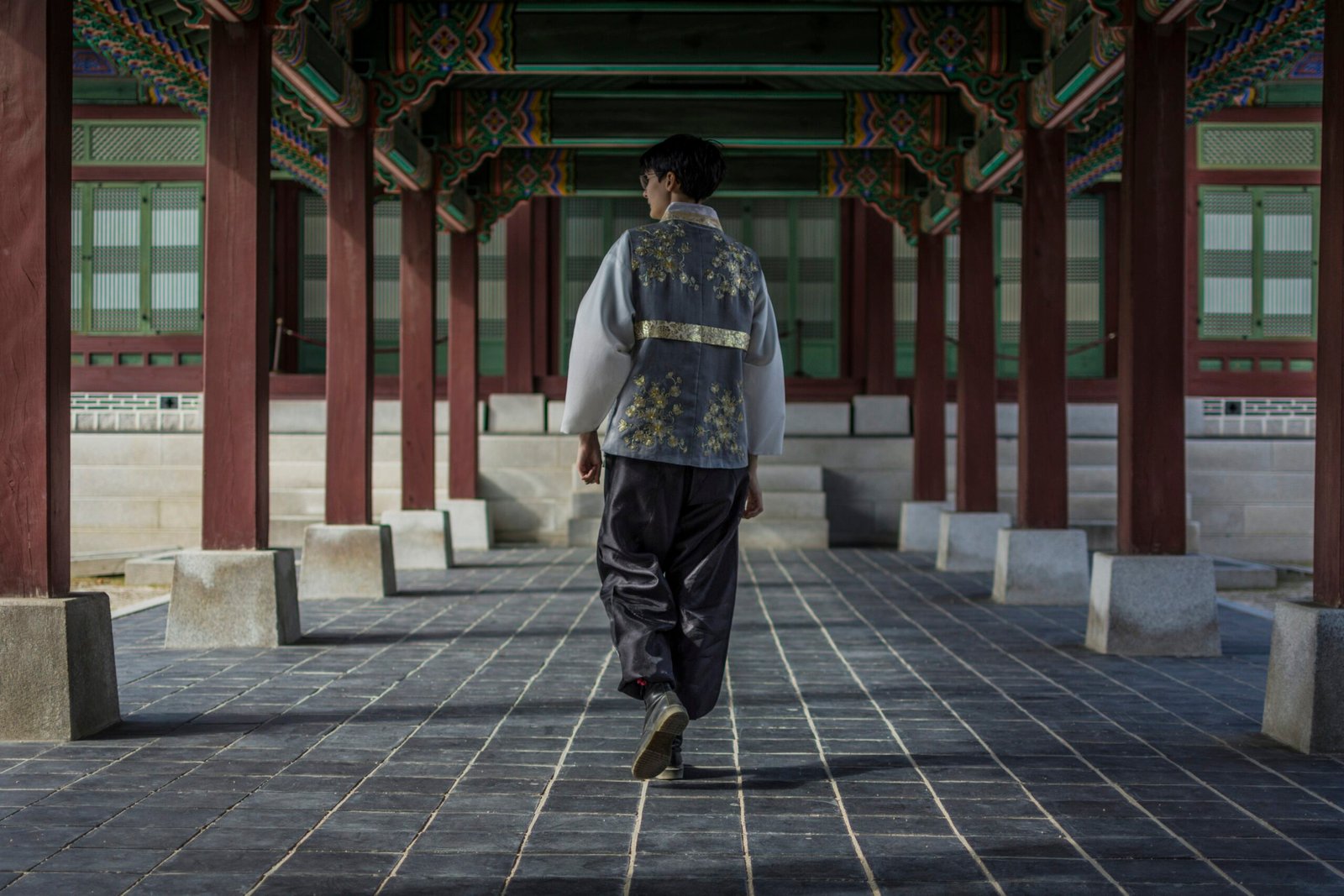Curious about how the world of Korean cuisine is evolving? In “How Are Chefs Exploring The Use Of Unique Cooking Vessels In Korean Cuisine?” you’ll learn how innovative chefs are blending tradition with creativity by using distinctive cooking vessels to enhance flavors and presentation. From sizzling stone pots that keep your bibimbap warm to earthenware bowls that bring out the rich, fermented complexity of kimchi stew, you’ll discover the fascinating ways these tools are transforming the culinary experience. Have you ever wondered how chefs are pushing the boundaries of Korean cuisine? One of the key ways they’re doing this is by exploring unique cooking vessels. Cooking vessels are not just tools; they’re like an extension of the chef’s creativity and craftsmanship. In Korean cuisine, where tradition and innovation blend seamlessly, these tools are especially important. So, let’s dive into this fascinating topic and discover how these unique cooking vessels are being used to elevate Korean dishes to new heights!

Traditional Korean Cooking Vessels
Korean cuisine is deeply rooted in history, and this is evident in the traditional cooking vessels that have been passed down through generations. These tools are an integral part of the cuisine’s identity, adding not only flavor but also a touch of authenticity to each dish.
Ddukbaegi (Earthenware Pot)
Ddukbaegi is a staple in every Korean kitchen. This earthenware pot is typically used for soups and stews because it retains heat exceptionally well. You’ll often find it filled with bubbling kimchi jjigae or doenjang jjigae, keeping your meal hot throughout the duration of your meal. The porous nature of the earthenware also allows it to absorb and enhance the flavors of whatever is being cooked.
| Ddukbaegi Feature | Benefit |
|---|---|
| Heat Retention | Keeps food warm for longer periods |
| Porosity | Enhances flavors over time |
| Aesthetic Appeal | Traditional look that adds to the dining experience |
Gamasot (Iron Pot)
The gamasot is another iconic vessel, used extensively for making rice. This iron pot distributes heat evenly, ensuring that the rice cooks uniformly. It’s a bit of a commitment to use, given its weight and maintenance needs, but the resulting rice—fluffy, slightly sticky, and aromatic—is well worth the effort.
Hangari (Fermentation Jar)
Korean cuisine wouldn’t be the same without its vast array of fermented foods, and the hangari plays a significant role here. These large earthenware jars are used to ferment and store foods like kimchi, gochujang, and doenjang. The material and shape of hangari facilitate the anaerobic fermentation process, which is essential for developing the complex flavors and rich textures that characterize these foods.
Modern Takes on Traditional Vessels
While traditional vessels continue to be cherished, modern chefs are experimenting with innovative materials and designs to bring a new flair to Korean cuisine.
Stainless Steel Pots
Stainless steel pots are increasingly popular in modern Korean kitchens. Unlike traditional materials, stainless steel is easy to clean and highly durable. Chefs use these pots for a wide range of dishes, from soups to stir-fries. One key advantage is that these pots don’t interact chemically with acidic ingredients, ensuring that the food’s flavor stays pure.
Non-Stick Cookware
Non-stick pans and pots have found their way into Korean cooking for their convenience and efficiency. They are especially useful for cooking pancakes (jeon) and grilling meats (bulgogi), allowing chefs to use less oil while achieving a perfectly crisp texture.
Sous Vide Machines
Though not a cooking vessel in the traditional sense, sous vide machines are gaining popularity among Korean chefs looking to modernize their techniques. This method involves sealing food in vacuum bags and cooking it at a precisely controlled low temperature in a water bath. It’s ideal for achieving tender, juicy meats and perfectly cooked vegetables, elevating even classic Korean dishes to gourmet levels.
Innovative Vessels in Fusion Cuisine
Korean cuisine is undergoing a global transformation, and with it, the vessels in which the food is prepared and served are also evolving. Let’s explore some of these exciting innovations.
Ceramic Grills
Fusion restaurants often feature ceramic grills, combining the principles of traditional Korean grilling with modern convenience. These grills offer consistent heat and are less prone to flare-ups, making them ideal for dishes like galbi or samgyeopsal. The ceramic material also adds a subtle smokiness to the meat, enhancing the flavor profile.
Tabletop Cooking
Tabletop grills and hot pots are becoming increasingly popular in Korean fusion eateries. Made from materials like stainless steel or cast iron, these cooking vessels allow diners to cook their own food at the table. This interactive dining experience, inspired by traditional Korean BBQ, is fun and social while offering a modern twist.
Smart Rice Cookers
Advanced rice cookers equipped with technology like induction heating and fuzzy logic are a game-changer in the Korean kitchen. These smart cookers can adjust cooking times and temperatures automatically, ensuring perfect rice every time. They also come with multiple settings for different types of rice, porridge, soups, and even bread.
The Impact of Cooking Vessels on Flavor and Texture
The choice of cooking vessel can significantly affect the flavor and texture of a dish. Let’s delve into how different materials and designs impact the culinary experience.
Heat Distribution
Different materials distribute heat in various ways. For instance, iron pots like the gamasot retain and distribute heat evenly, which is ideal for cooking rice. In contrast, stainless steel pots may have hot spots but are excellent for boiling and steaming because they heat up quickly.
| Material | Heat Distribution | Ideal For |
|---|---|---|
| Earthenware (Ddukbaegi) | Retains heat, even when removed from the heat source | Soups, stews |
| Cast Iron | Even heat distribution | Rice, slow-cooked dishes |
| Stainless Steel | Quick and uneven heating | Boiling, steaming |
Flavor Enhancement
Some materials can enhance the flavors of the food cooked in them. Earthenware pots like the ddukbaegi can absorb flavors, which intensifies the taste of the dish over time. On the other hand, non-stick pans provide a neutral cooking surface that ensures the food’s natural flavor isn’t altered.
Texture and Consistency
The texture of food can also be significantly influenced by the cooking vessel. For example, the porous nature of earthenware can result in a slightly different texture in soups and stews compared to stainless steel. Similarly, sous vide cooking offers unmatched precision, producing textures that are hard to achieve with traditional methods.

Cultural Significance of Cooking Vessels
Cooking vessels in Korean cuisine are not just functional tools; they carry cultural and historical significance. Understanding this enhances our appreciation for the food and the culture from which it originates.
Ritual and Tradition
Many traditional Korean dishes are tied to specific rituals and customs that require the use of particular cooking vessels. For instance, during Chuseok (Korean Thanksgiving), it’s customary to prepare various jeon (Korean pancakes) using iron pans. Similarly, various ceremonial dishes like tteokguk (rice cake soup) for Seollal (Lunar New Year) often employ specific pots and cookware.
Social Connection
Traditional Korean cooking often revolves around communal dining experiences. Hot pots, tabletop grills, and shared stews encourage diners to interact, share, and connect. These vessels play an essential role in fostering a sense of community and belonging.
Family Heirlooms
Many traditional cooking vessels are passed down through generations as family heirlooms, adding an emotional layer to their practical use. The wear and tear of these vessels often tell stories of family history, bonding over countless meals prepared with love and care.
Sustainability and Ethical Considerations
As chefs continue to innovate in the kitchen, there’s also a growing awareness around sustainability and ethical considerations related to their tools and ingredients.
Eco-Friendly Materials
More chefs are opting for eco-friendly cooking vessels made from sustainable or recycled materials. Earthenware, for instance, is environmentally friendly as it is biodegradable and made from natural materials. Stainless steel and cast iron are highly durable, reducing the need for frequent replacements.
Ethical Production
Chefs are increasingly concerned about where and how their cooking vessels are produced. Supporting local artisans who craft traditional Korean pots and pans not only preserves age-old techniques but also contributes to ethical labor practices.
| Consideration | Benefit |
|---|---|
| Eco-Friendly Materials | Reduces environmental footprint |
| Ethical Production | Supports fair labor practices |
| Durability | Less waste, long-term use |

Learning from Master Chefs
To get a closer look at how these vessels are being used creatively, let’s explore what some master chefs are doing in their kitchens.
Chef Eo Yun-gwon
Known for his modern take on traditional Korean cuisine, Chef Eo Yun-gwon often uses a mix of traditional and contemporary cooking vessels. He believes that the vessel can either enhance or diminish the natural flavors of the ingredients. By combining stainless steel pots for clarity and ceramic ware for depth, he manages to create dishes that are both flavorful and innovative.
Chef Kim Sung-il
Chef Kim Sung-il incorporates a variety of Korean and Western cooking vessels. He’s a fan of the sous vide method for its consistency and precision and often uses it to prepare traditional Korean dishes like yukhoe (Korean steak tartare). His approach exemplifies the perfect marriage of old and new, bringing Korean cuisine to a global audience.
Chef Judy Joo
As one of the pioneering figures in Korean fusion cuisine, Chef Judy Joo uses an array of innovative vessels, from tabletop grills in her London restaurant to modern induction cooktops. Her cuisine often features traditional Korean flavors cooked with modern techniques, highlighting how versatile and adaptable Korean cuisine can be.
How to Incorporate Unique Cooking Vessels in Your Kitchen
Inspired to experiment with some unique cooking vessels in your kitchen? Here are some tips to get you started.
Start with Basics
If you’re new to Korean cooking vessels, start with some basics like a ddukbaegi and a stainless steel pot. These are versatile and can be used for a variety of dishes, allowing you to ease into the practice.
Experiment with Materials
Try experimenting with different materials to see how they affect the outcome of your dishes. You might find that an earthenware pot works better for stews, while a cast iron pot makes the perfect rice.
Mix Traditional and Modern
Feel free to mix traditional and modern vessels in your cooking. Use a stainless steel pot for quicker, everyday meals and bring out the earthenware for special occasions when you have more time to savor the cooking process.
Learn from Experts
Don’t hesitate to take inspiration from professional chefs. Watch cooking shows, read cookbooks, or attend cooking classes that focus on Korean cuisine. You’ll gain insights into how and when to use different cooking vessels effectively.
| Step | Tip |
|---|---|
| Start with Basics | Begin with versatile vessels like ddukbaegi and stainless steel pots |
| Experiment | Try different materials to see their impact on flavor and texture |
| Mix | Combine traditional and modern vessels for a varied cooking experience |
| Learn | Take inspiration from professional chefs and cooking classes |

Conclusion
The world of Korean cuisine is as rich and diverse as the vessels used to prepare and serve it. From traditional earthenware pots and iron gamasots to modern stainless steel and sous vide machines, the cooking vessels play a crucial role in shaping the flavors, textures, and overall experience of Korean food. Chefs are continually exploring new and innovative ways to utilize these tools, blending tradition with modernity in the most delicious ways possible.
So the next time you enjoy a steaming bowl of kimchi jjigae or perfectly cooked galbi, take a moment to appreciate the cooking vessel that helped bring it to life. Not only do these tools serve a functional purpose, but they also carry cultural and historical significance, making each meal a celebration of Korean culinary heritage.
Happy cooking!
